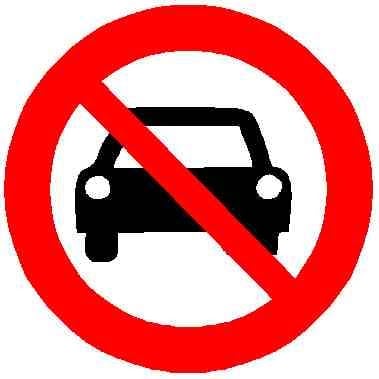I called you a “Left” Anticommunist, which I think is accurate. You’re overwhelmingly negative about Actually Existing Socialism, as in you deny it as such, which I don’t think is putting words in your mouth. The reasons you have given have actually rejected Historical Materialism, in our previous conversations you indicated that Socialism is a unique Mode of Production defined by the absence of all other forms of property relations, which entirely disregards the Dialectical aspect of Historical Materialism, ie how each Mode of Production emerges from the old, containing elements of both the old and the emerging society. There’s no “sniff test” done by you, no Historical Materialism from what I’ve found, just US State Department friendly “Marxism.”
Mussolini’s Italy and Socialist China are not at all the same, which is again utter nonsense. In Fascist Italy, throughout the 1920s privatization of state industry was the norm. In the 30s, the instituti were formed, which brought the bourgeoisie into government unity, quite literally a state designed from the 1920s to strengthen the bourgeoisie now further entrenching them. This was said in 1934:
“While nearly everywhere else private property was bearing the major burdens and suffering from the hardest blows of the depression, in Italy, thanks to the actions of this Fascist government, private property not only has been saved, but has also been strengthened”.
In China, this is obviously not the case. SOEs are publicly owned, as well as key industries, and in the medium firms the CPC has the golden share. The Public truly owns these, and the CPC has power over all Capitalists. Marxism is taught in school as the basis for ecomomics, and gradually the public sector is growing and exerting more power over the medium and smaller firms which are more privately owned. The CPC is not a “Capitalist,” nor is the NPC. The funds they bring in through SOEs, taxation, and more get used for development and social services, Marx talked about this in Critique of the Gotha Programme:
But “all members of society” and “equal right” are obviously mere phrases. The kernel consists in this, that in this communist society every worker must receive the “undiminished” Lassallean “proceeds of labour.”
Let us take first of all the words “proceeds of labour” in the sense of the product of labour; then the co-operative proceeds of labour are the total social product.
From this must now be deducted:
First, cover for replacement of the means of production used up.
Secondly, additional portion for expansion of production.
Thirdly, reserve or insurance funds against accidents, dislocations caused by natural calamities, etc.
These deductions from the “undiminished proceeds of labour” are an economic necessity and their magnitude is to be determined according to available means and forces, and partly by computation of probabilities, but they are in no way calculable by equity.
Further, Fascist Italy crushed Communists and worker organizations, Socialost China is run by Communists that strengthen worker organizations. Fascist Italy was designed to enrich the business owners, Socialist China works comprehensively towards strengthening pay year over year, eradicating poverty, and building towards higher stages of Socialism.
As a tangent, your comment implies cooperative property is the basis of Marxism, ie direct worker ownership, but Marx and Engels themselves rejected it as petite bourgeois relations. Exclusive ownership over a small portion of the economy cannot truly be considered abolition of private property, but protecting it. That’s why Engels describes the Proletarian State gradually collrctivizing all property until class struggle is resolved through “lower stage Communism,” or what we would call “Socialism,” before the state withers into the “Administration of Things,” which still wouldn’t be direct worker ownership but publicly owned and planned production to fulfill use-value.
The first act in which the state really comes forward as the representative of the whole of society – the taking possession of the means of production in the name of society – is at the same time its last independent act as a state. The interference of the state power in social relations becomes superfluous in one sphere after another, and then dies away of itself. The government of persons is replaced by the administration of things and the direction of the processes of production. The state is not “abolished”, it withers away. It is by this that one must evaluate the phrase “a free people’s state” with respect both to its temporary agitational justification and to its ultimate scientific inadequacy, and it is by this that we must also evaluate the demand of the so-called anarchists that the state should be abolished overnight.
I take what you say seriously because your type of views ultimately end up working against Marxists globally, and are often magnified in liberal spaces. “Left” Anticommunism is something that deeply permeates Western Marxism, so it’s important to call it out when I see it.



They are run by Communists over a Socialist society, working to reach Communism. They have not reached Communism, nobody has, but they have an overwhelmingly publicly owned and planned economy they are advancing year over year.